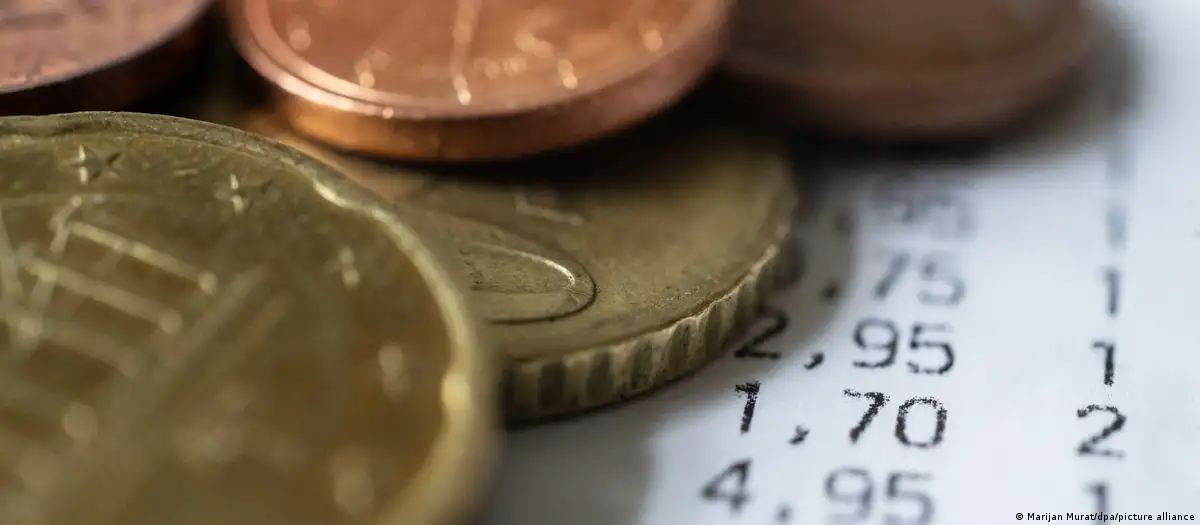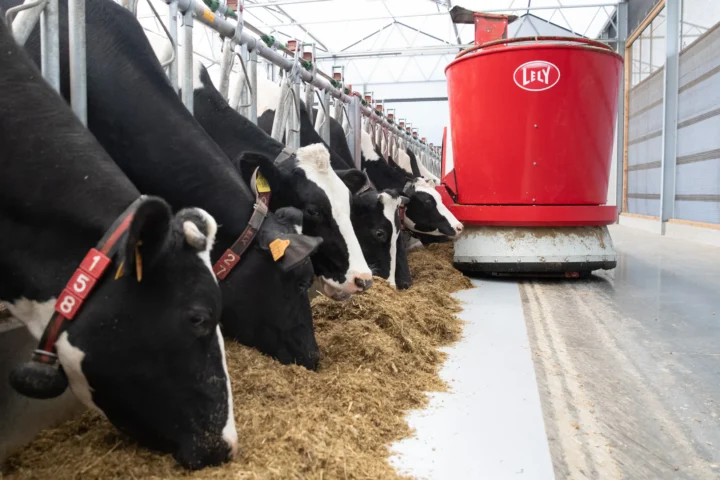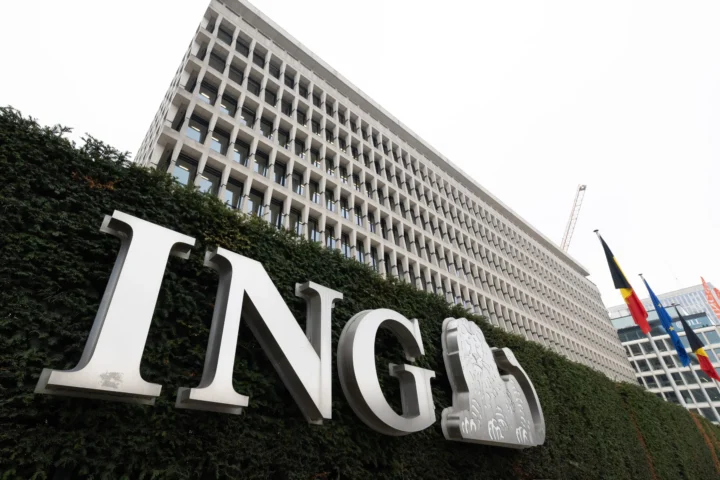Consumer prices in the eurozone went down further in March than economists expected. But analysts are still not predicting an immediate cut in interest rates from the European Central Bank.
The annual rate of inflation in countries using the euro currency fell faster than expected in March, official data showed on Wednesday.
Consumer prices in the Eurozone rose by just 2.4%, down from 2.6% in February, the EU’s statistical office Eurostat said.
For its part, Germany recorded an annual rate of inflation in March of 2.2%, dropping from 2.7% in February.
Predictions by analysts for the eurozone had ranged from there being no drop at all, to a smaller dip to 2.5%.
Inflation in the single currency zone has significantly fallen from the peak of 10.6% reached in October 2022 following Russia’s invasion of Ukraine in February of that year, with its effects on energy costs in Europe.
Almost on target
Although the inflation rate is approaching the 2% target aimed for by the European Central Bank (ECB), experts do not expect a cut in interest rates at the next monetary policy meeting on April 11.
The first reduction in borrowing costs is not expected until June.
Between July 2022 and September 2023, the ECB raised interest rates drastically to a record 4% to curb the soaring inflation that set in after the Russian invasion, but has kept them at a steady level since October 2023.
Higher interest rates combat inflation by making credit to buy things more expensive. This reduces spending and eases pressure on prices.
However, raising the rates can also slow economic growth, which is why governments are anxious for the ECB to declare victory over inflation and cut them again.








